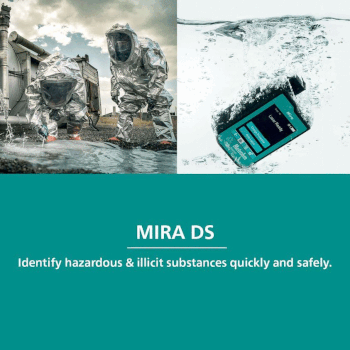Cytocompatibility of Biopolymer Grafted with Au Nanospheres and Nanorods
Keywords:
biopolymer, plasma treatment, gold nanoparticles, grafting, nanostructures, cytocompatibilityAbstract
We studied the surface properties and cytocompatibility of a grafted biopolymer, poly(3-hydroxybutyrate) (P3HB). P3HB was exposed to an inert argon plasma discharge, then grafted by 1,1´-biphenyl-4,4´-dithiol (BFD) and finally grafted by golden nanoparticles (nanospheres and nanorods). The surface properties were studied using multiple methods – goniometry, atomic force microscopy and X-ray photoelectron spectroscopy. Cytocompatibility was determined in vitro by studying adhesion, proliferation and viability of vascular smooth muscle cells (VSMCs) from the aorta of Rattus norvegicus. The cytocompatibility was compared for pristine, modified P3HB and standard tissue culture polystyrene (TCPS). Our results show that surface morphology and wettability are affected by both plasma discharge and nanoparticles grafting. These changes suggest that the adhesion and proliferation of VSMCs is enhanced more on the plasma modified and grafted substrate.





